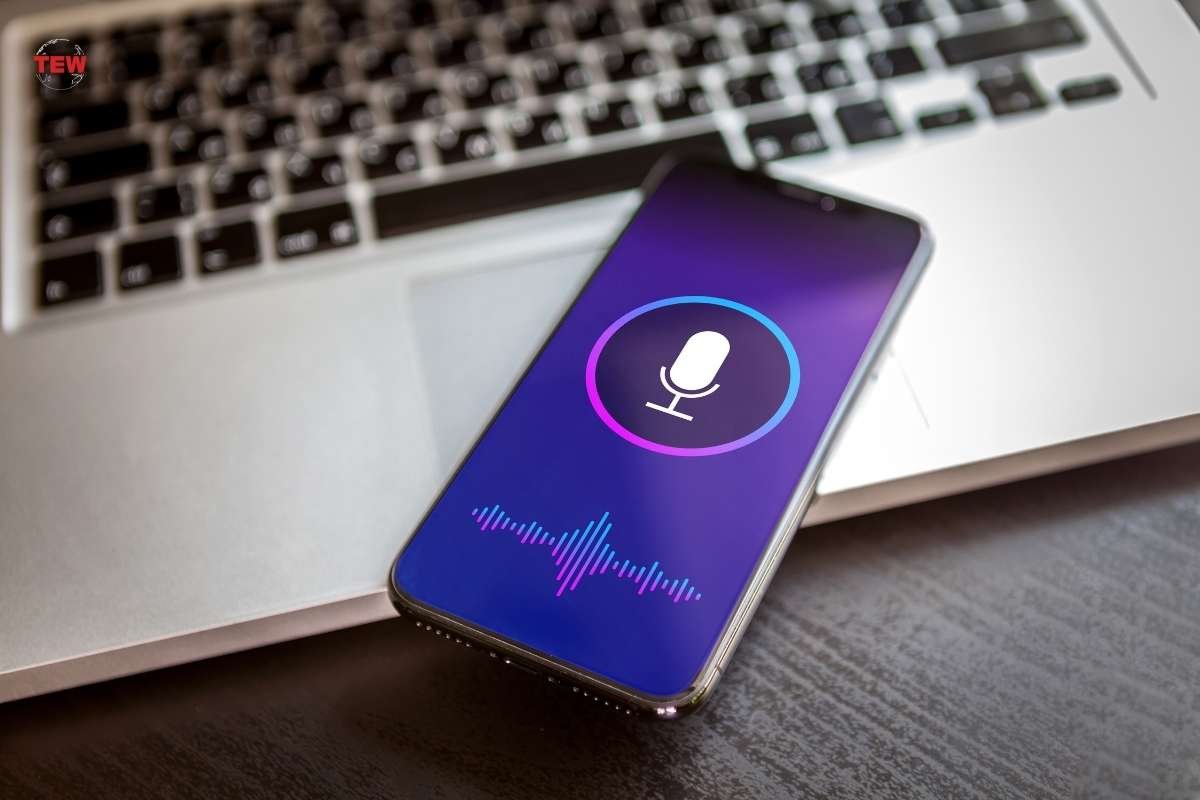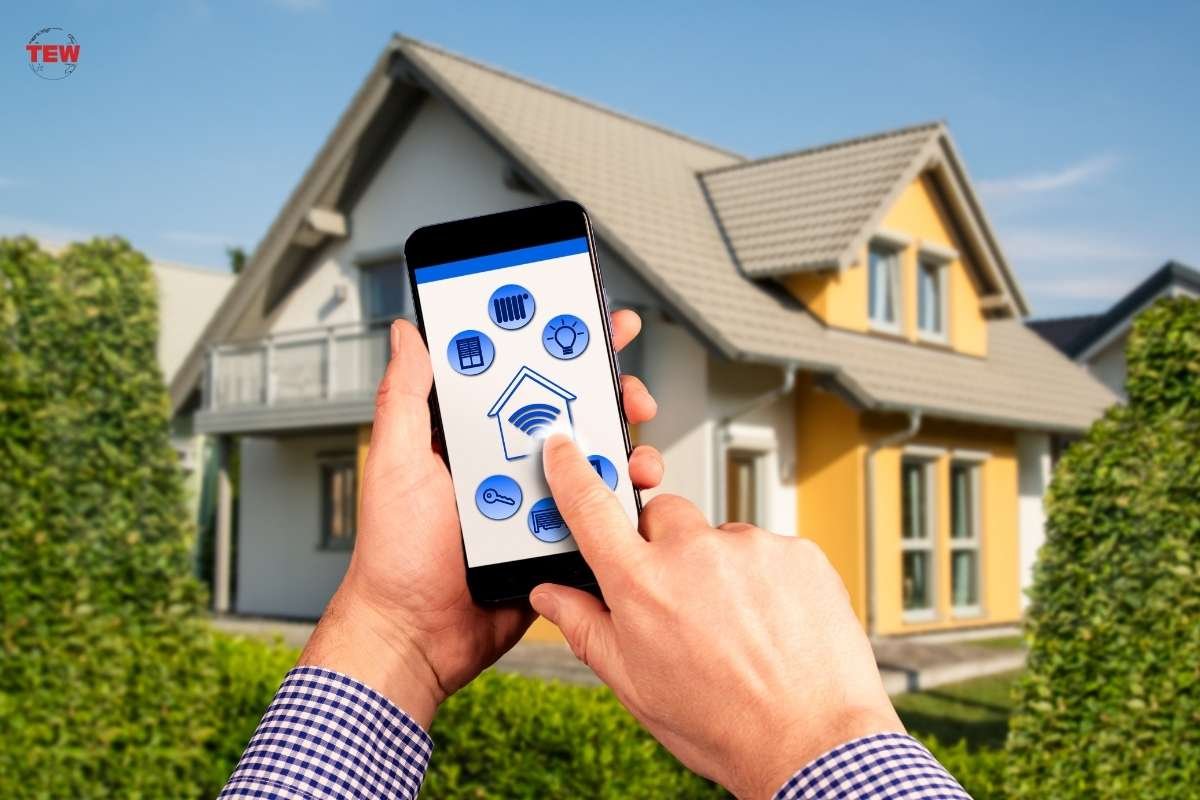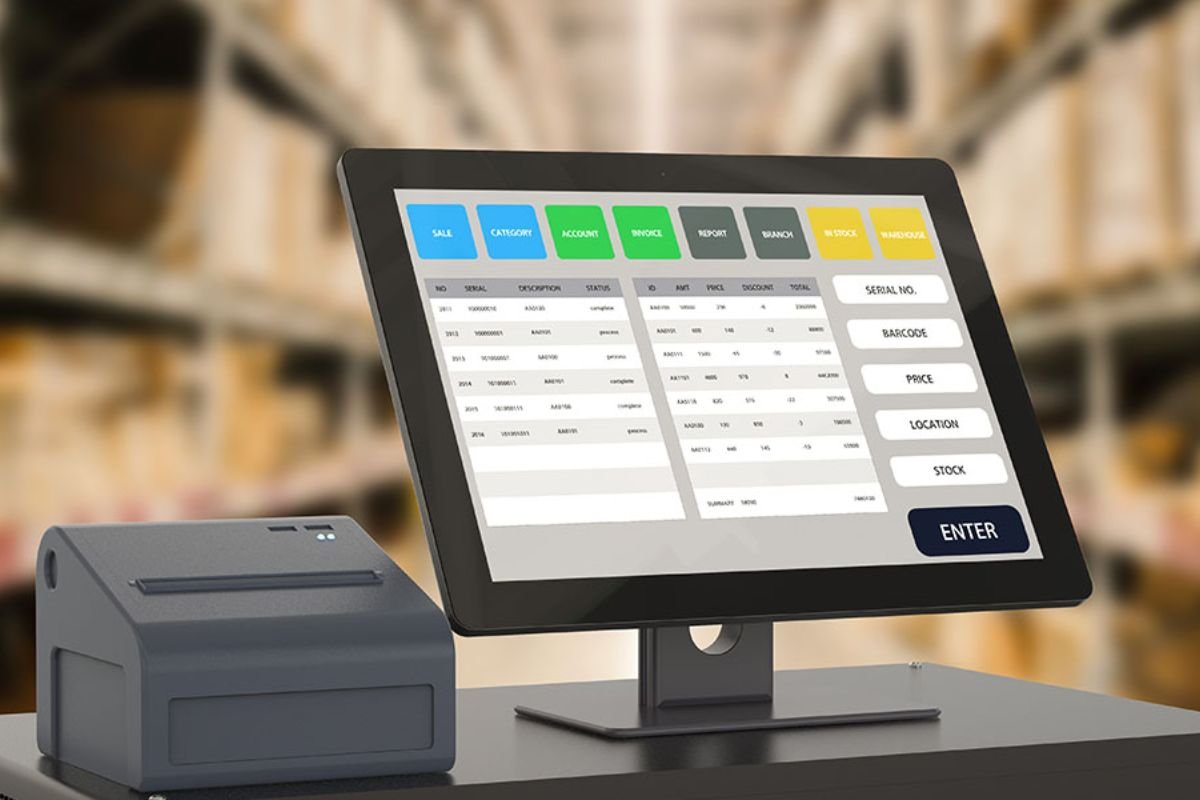People can live healthy, fulfilling lives with the aid of assistive technology. A wide range of devices and programs are included when we talk about assistive technology, including screen readers, cell phones with unique functions, telecare, and memory aides.
This article will provide you an overview of the various forms of assistive technology that are available for seniors, go over the benefits and assumptions that individuals could have, and point you in the direction of funding possibilities.
What is Assistive Technology?

Any device that bridges gaps in a person’s ability to live the full, independent, and fulfilling life they wish and need is considered assistive technology.
Although there are many different ways that assistive technology can help a wide spectrum of users, for older users the main goal is to reduce their dependence on family members, caretakers, and outside support and to allow them to remain in their homes for a longer period of time.
Benefits of Assistive Devices
With the use of assistive technology, a stroke survivor may communicate, a person with visual loss can access the internet, and even a healthy older person may utilize it to help secure their home. Many different types of people can benefit greatly from assistive technology.
The assistive tools most likely to benefit your older relative are typically electronic equipment. Reminders to take medications, pill dispensers, and telemedicine systems can all improve health. Virtual assistants, visual and communication aids, and memory aids can all be employed to improve independence and comfort.
Smart smoke alarms, doorbells, controlled lighting, and water-overflow devices are few examples of assistive technology that can be used for home safety and security.
The Different Types of Assistive Technology & Devices
You can buy a variety of assistive equipment to help your older relative around the house and maintain their independence for longer, relieving your concerns.
1. Personal Alarms
A personal emergency response system is a small pendant that may be worn at all times and makes assistance easily accessible. Personal alarms use a central hub that is located next to your parents’ landline to warn either you, a close contact, or a monitoring team.
This enables you to talk to your parents or grandparents directly, ascertain what’s happening, and provide the appropriate help right away. These come in quite handy if an old person falls and is unable to get themselves back up.
2. Telecare Systems
In telecare monitoring systems, which use sensors placed throughout the home to track digital activity, personal alarms are frequently included. Telecare monitoring systems only raise the alarm when they notice something unusual or wrong, similar to sensor burglar or automobile alarms.
A 24/7 monitoring crew (or you via an app) gets alerted if your parent doesn’t get out of bed in the morning or hasn’t closed the front door, and a neighbor may be requested to check on them.
3. GPS Trackers
GPS trackers are worn on the body and function as expected. They are similar to personal alarms and are occasionally built into them. If your parent isn’t returning calls or hasn’t been home for some time, you can find out where they are thanks to these fobs and wristbands.
GPS trackers are an excellent, inexpensive solution if you are a caregiver for a dementia patient who is prone to wandering.
4. Home Safety and Security

There are many small devices and gizmos that can make living in a home a little simpler and safer, and most of them are not too expensive! The “smart home of the future” we were all promised may not exist, but little, individual gadgets can all contribute to making the elderly’s home a safer place to be and relieving some of the caregivers’ concerns.
Smart locks and doorbells can increase the security of their houses while also allowing you to monitor them and potential visitors.
Smart lighting, specialized smoke and fire alarms, and water overflow sensors all contribute to making your parents’ house safer and extending the amount of time they may live independently.
5. Memory Aids
For many people, forgetfulness is a typical part of getting older and is not always a sign of dementia. Numerous types of assistive technology are available to help your parent remember things like their keys, when the cat needs to be fed, or when it’s time to take their prescription.
Devices like automatic pill dispensers and memo reminders might assist in reducing some of the stress associated with having to remember everything we need to do on a given day.
6. Communication Aids
There are assistive technology solutions for any communication issues an elderly person can experience. Accessible cell phones can help seniors stay in touch with friends and family, minimizing loneliness and isolation, which are regrettably frequent among the elderly. You can also get Canadian life alert systems, or ones local to you, that hang around your neck and have two-way voice communication, meaning you can easily speak with someone in the event of an emergency.
Speech-generating technology can help people with speech impairments regain their voice.
7. Visual Aids and Screen Readers
The elderly should not be discouraged from using some of today’s technology, such as computers, tablets, and smartphones, due to visual impairment. People who have trouble seeing or are blind can use assistive technology to navigate these gadgets.
The visually impaired can navigate a device, choose the next course of action, and access the internet with the use of screen readers, which read out what is displayed on the screen of computers, smartphones, and tablets.
These days, the accessibility features on the majority of devices include screen reader options. Other downloading options exist, though, and they might be more suitable for you.
VoiceOver, a built-in and free program for Macs and iPhones, is the most used. For Windows, you can try JAWS (paid) or NVDA (free).
Assistive Technology Funding

Your local government might include some assistive technology for no cost as part of a care package. Using assistive technology can be a very inexpensive technique to help an older person stay independent and at home for longer, often doing away with the need for a full-time caregiver. This is the main goal of local councils with social care.
Your senior relative must undertake care needs assessment in order to be eligible for funding assistance from your local council. This evaluation will determine whether they are eligible for assistance, what can be done to assist them, and how much assistance the council can offer.
A social worker can discuss the choices they believe would help your relative remain secure and independent after they have finished the needs assessment, many of which might involve assistive technology.
If you believe that a particular assistive gadget could be helpful, you can suggest it during these chats since they are intended to be discussions about what is best for your relative.
VAT Exemption
Your senior relative may be eligible to have the cost of VAT reduced from a variety of assistive technologies if they are registered as disabled or have a long-term health condition, as appropriate. This can result in significant savings; thus, it is always worthwhile to find out if a product qualifies for VAT exemption.
Ethical Considerations of Assistive
There are a few factors to take into account that could indicate assistive technology is not appropriate for your senior relative. The thought of digital monitoring and activity surveillance may worry or unnerve certain people.
Some telecare packages and smart doorbells do actively capture and save video, which may be uncomfortable to some individuals, despite the fact that most assistive equipment, such as those employing motion sensors, does not do so.
Although many technologies have made a concerted effort to ensure privacy, this is undoubtedly something to keep in mind when researching assistive technology, especially if you plan to have family members live with you.
When it comes to assistive technologies, it’s also critical to consider if they complicate the task that they are intended to make simpler for your older relative and whether they limit the social interaction that your relative values.
For instance, installing a telecare package may result in your parent needing fewer welfare visits from friends, or adopting a digital medication dispenser may result in less frequent visits from a social worker.
When selecting assistive technology, there are many factors to take into account, but when done right, it can significantly increase older people’s sense of safety and well-being.






